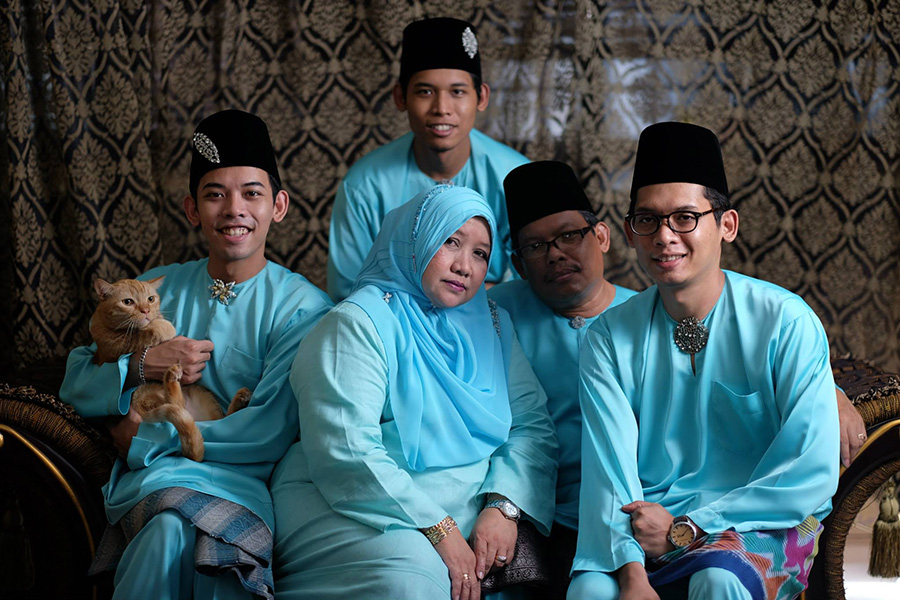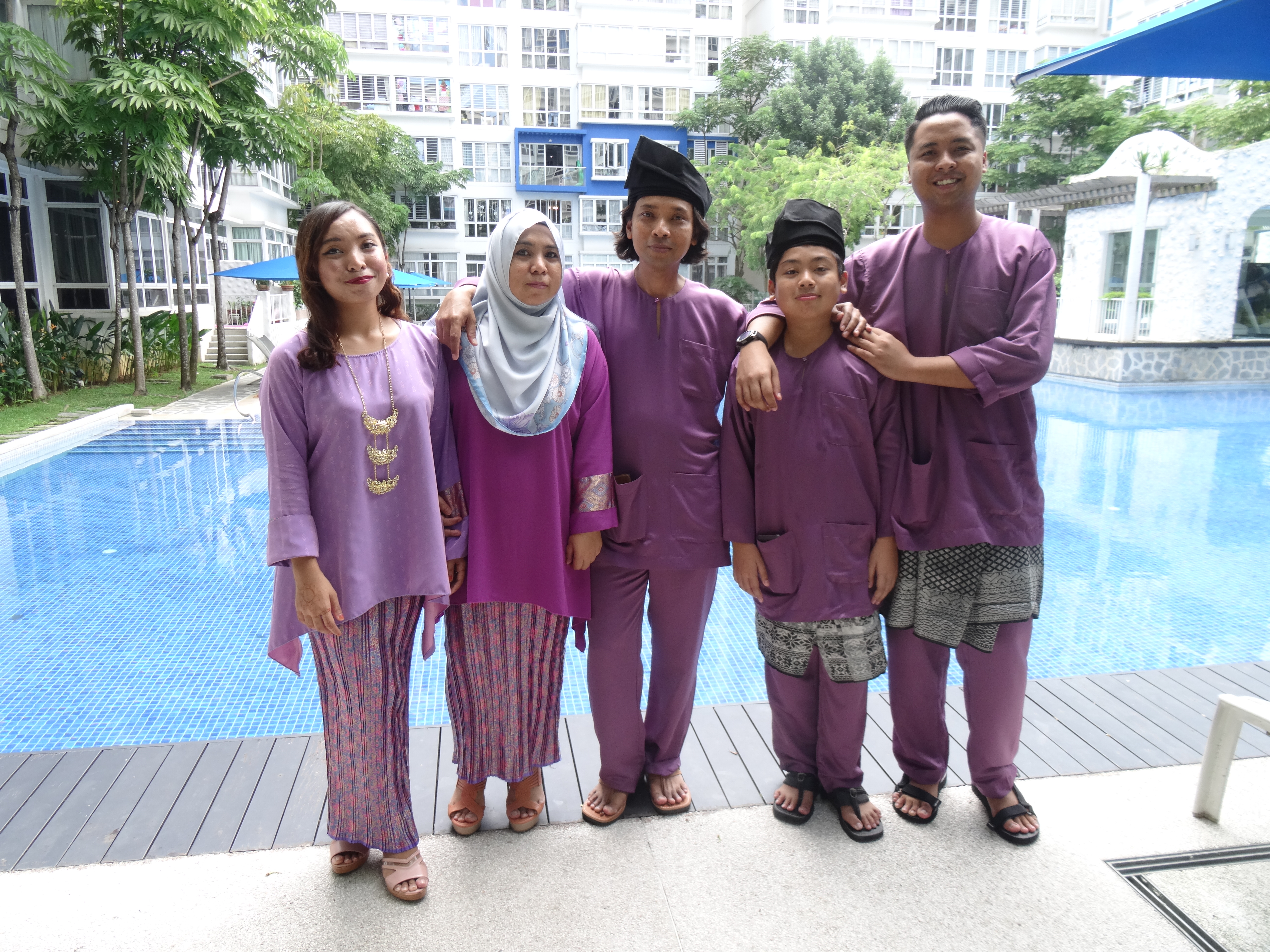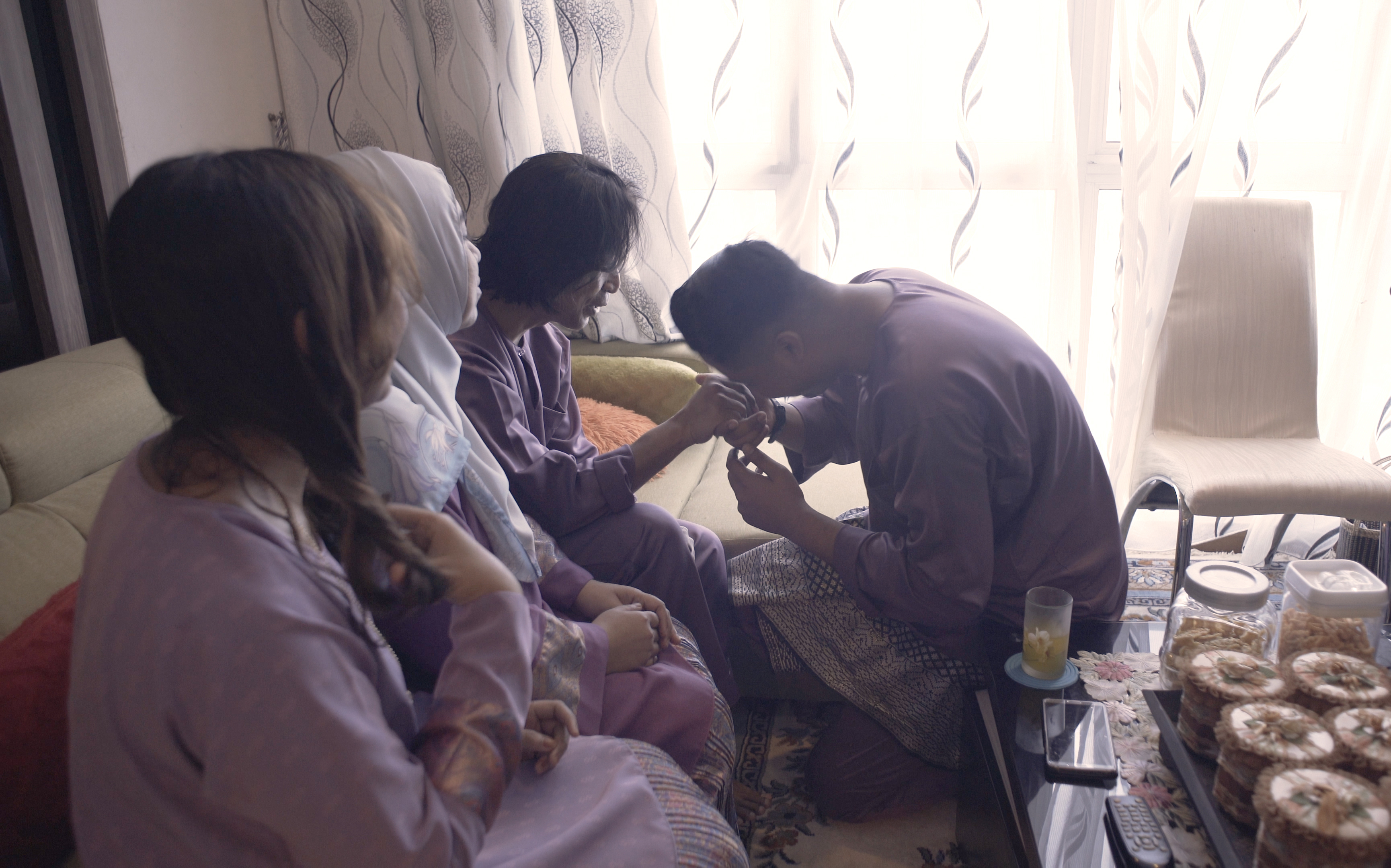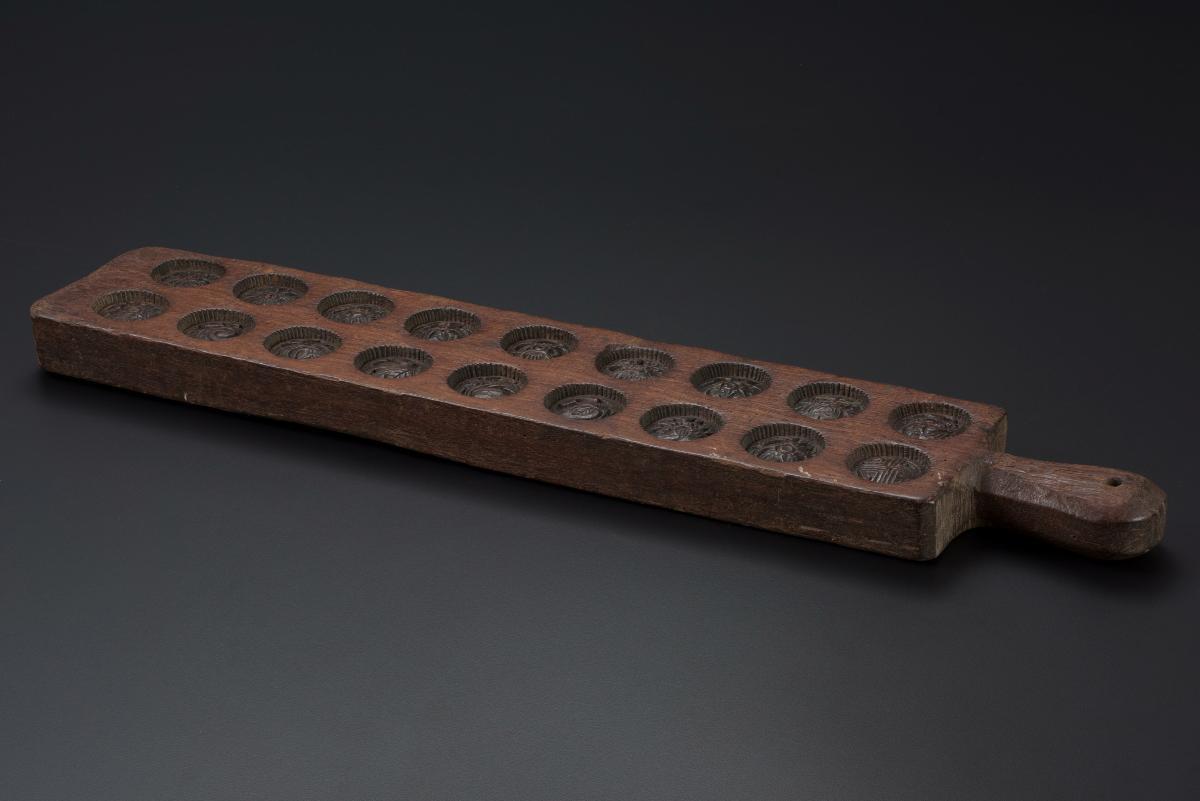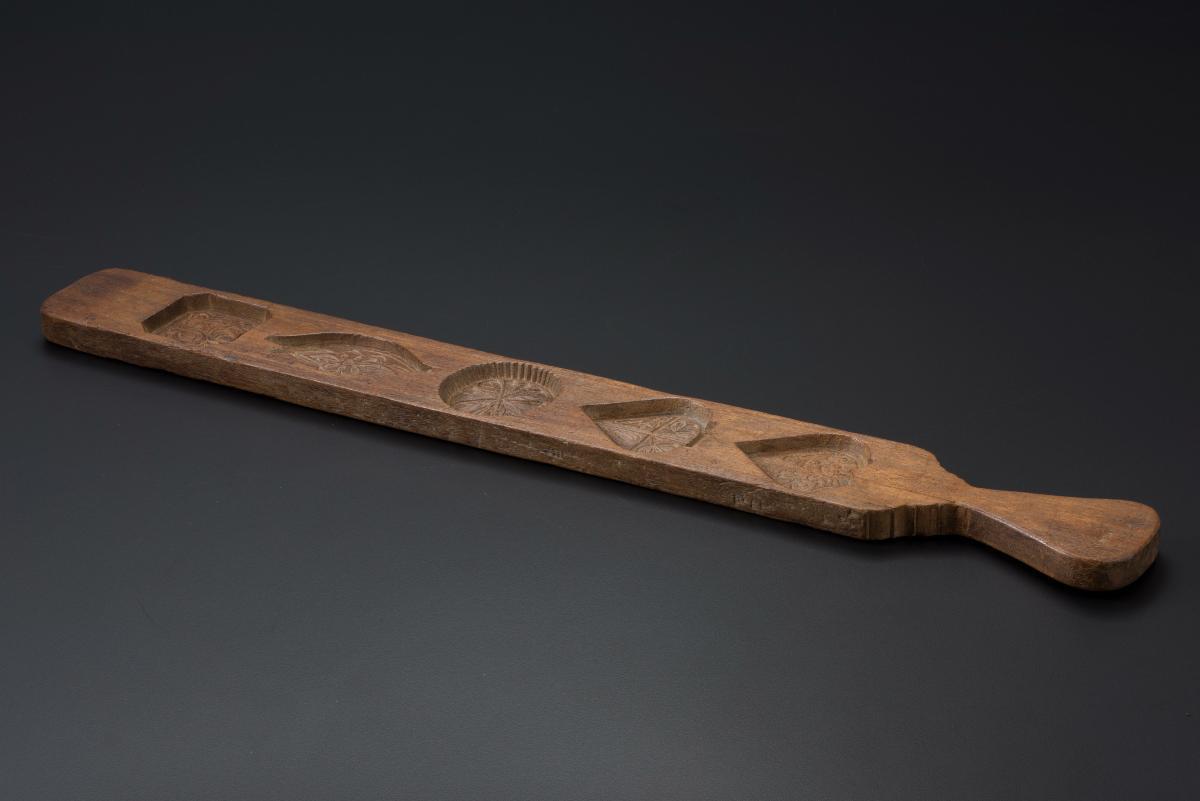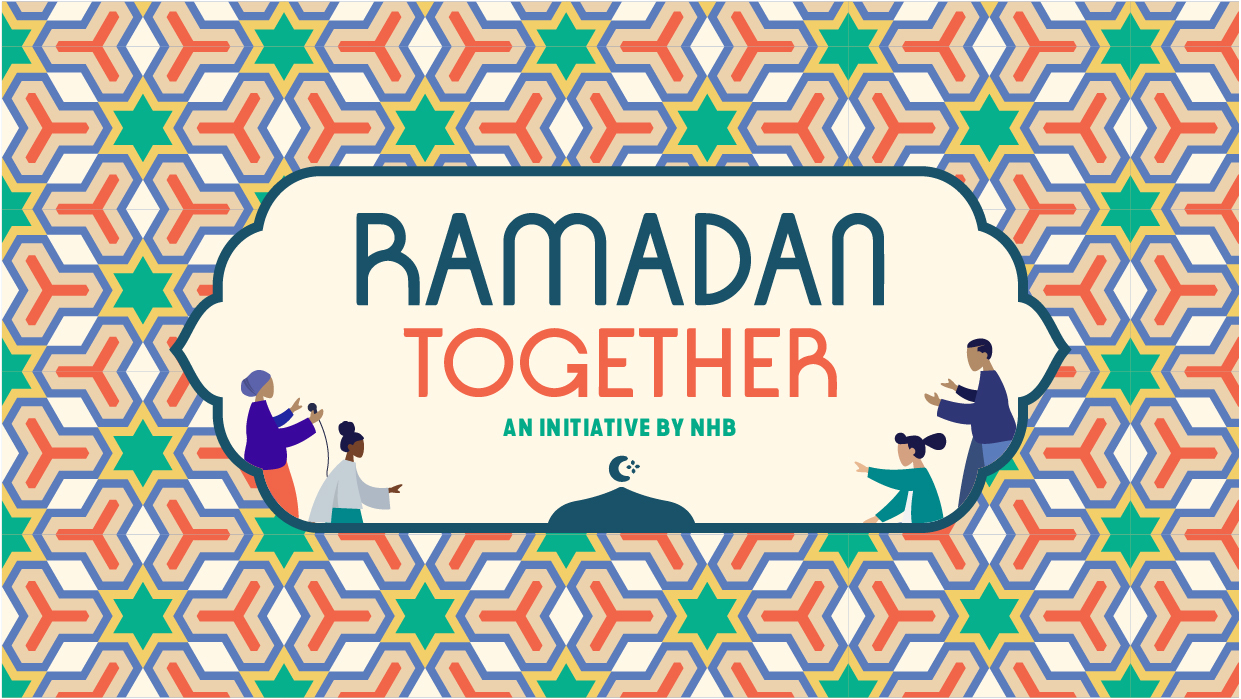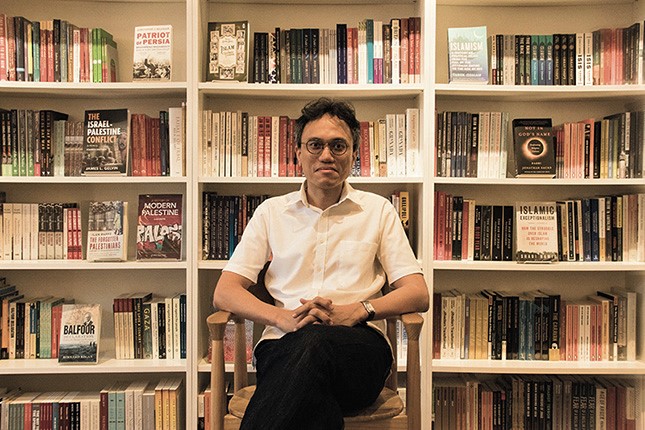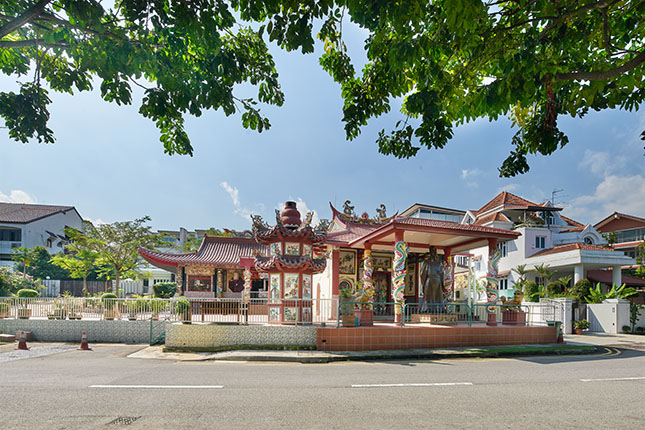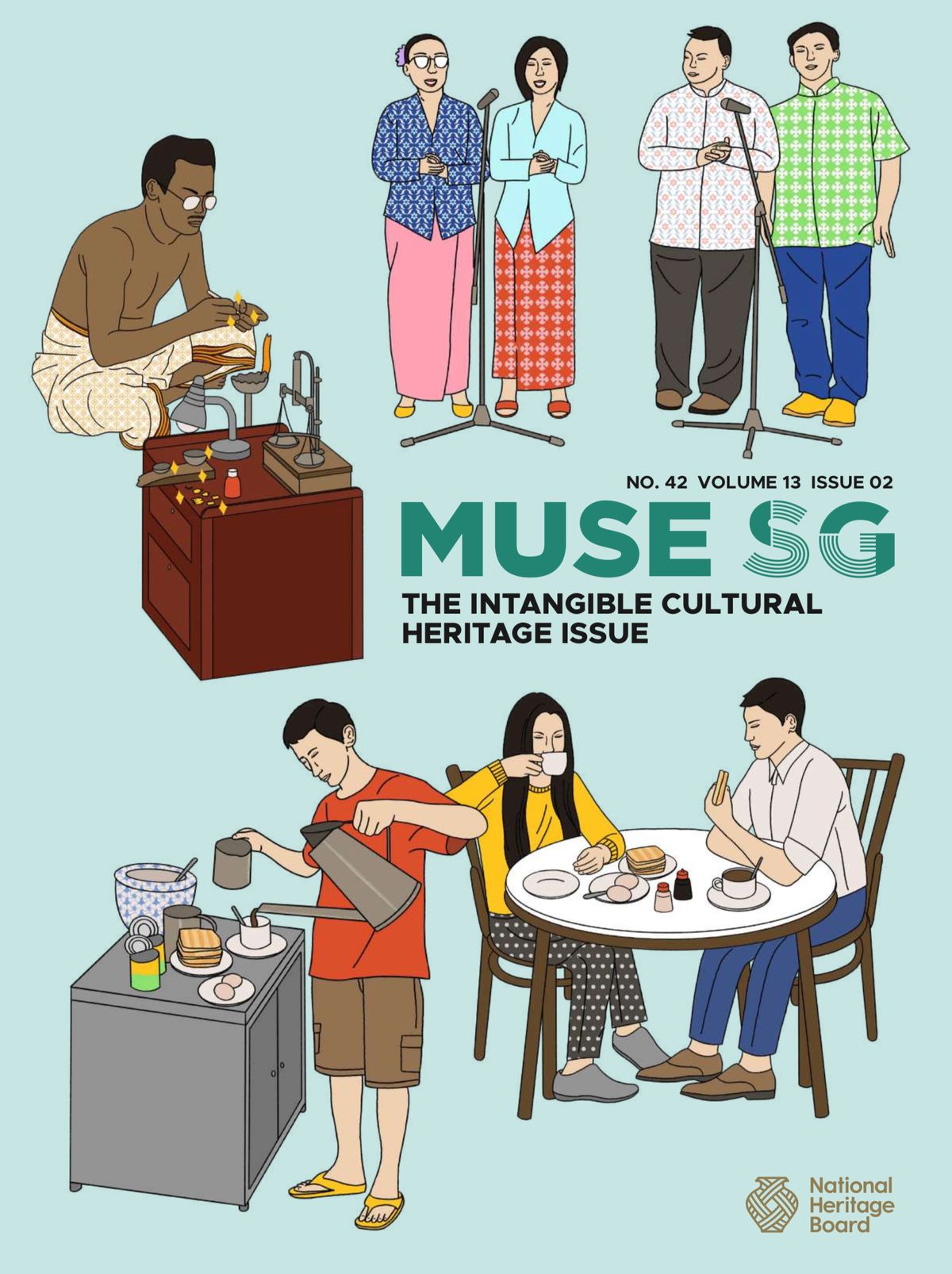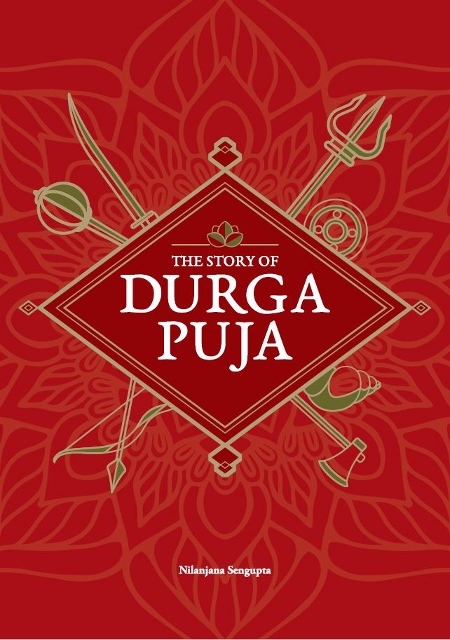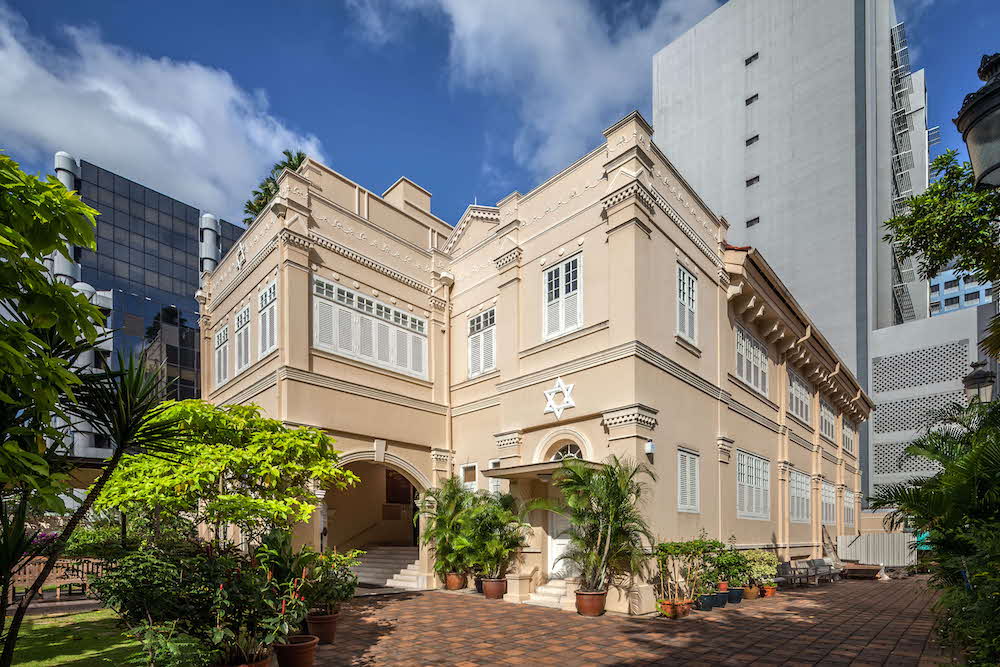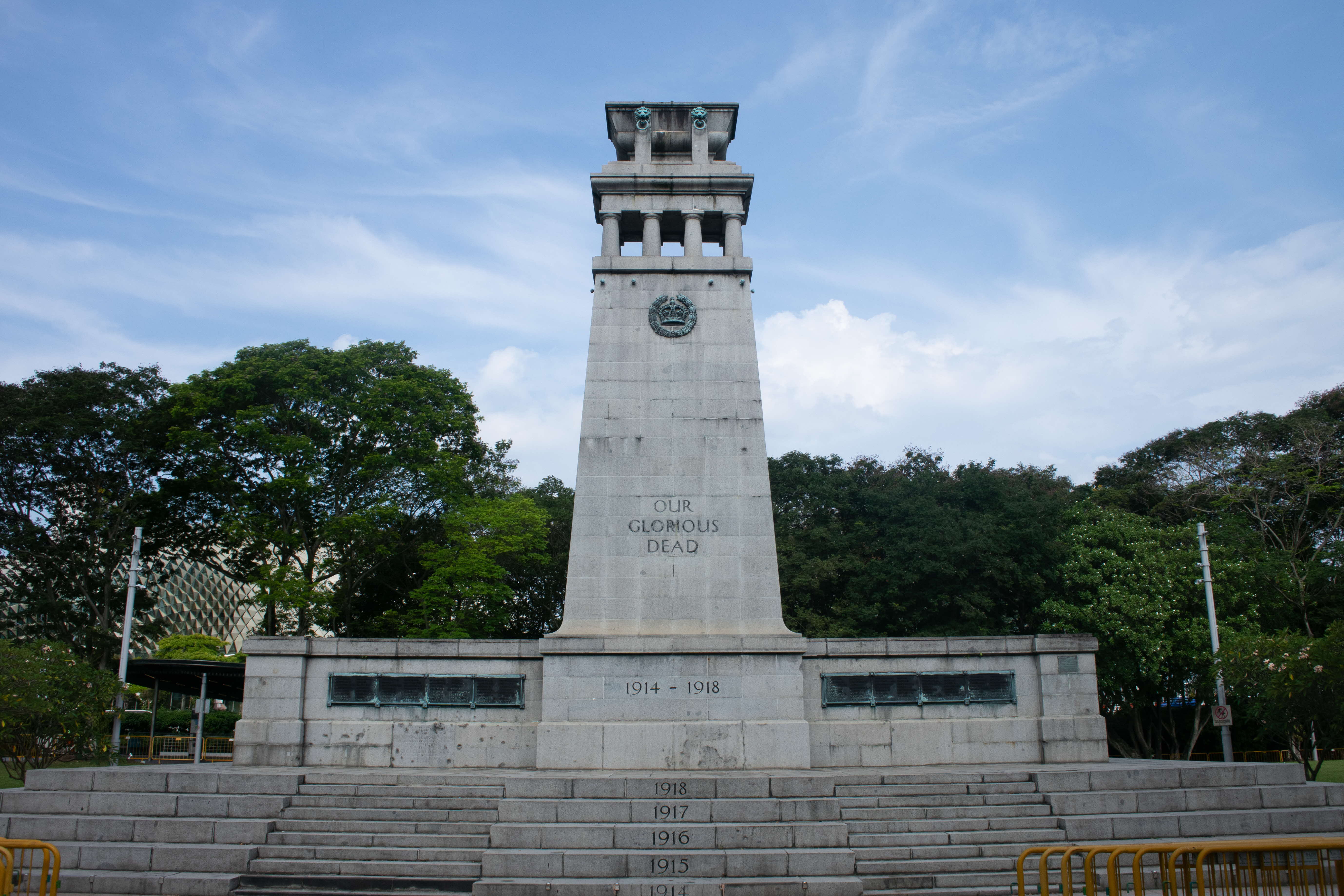Hari Raya Puasa
Hari Raya Puasa, also known as Hari Raya Aidilfitri or day of Eid-Al-Fitr, is a major festival marking the end of Ramadan and celebrated by Muslims all over the world, including in Singapore.
Ramadan is the ninth month in the Muslim calendar and is considered to be the holiest of all the months. Muslims observe a fast at this time, during which they refrain from consuming food or drinks from dawn to sunset. Fasting is one of the five pillars of Islam and during this month, Muslims are encouraged to meditate and reflect in order to purify and strengthen their faith.
At the end of Ramadan comes the first day of Syawal, the tenth month, which is the day of Eid-Al-Fitr. Eid is considered a day of victory and celebration as it recognises an individual’s triumph in exercising self-control and command over his desires. This is reflected in the regional name for the festival as well: the term “Hari Raya” is Malay for “big (or grand) day of rejoicing”.
Geographic Location
Eid-Al-Fitr is celebrated by Muslims all over the world, though practices may vary depending on the region. The mosque plays an integral role, with special prayers being held there on the day. Communal feasts at home with family, relatives, and friends are also a highlight.
In Singapore, places like Geylang Serai are lit up a month before Hari Raya Puasa. The area’s annual bazaar is also a huge draw. Such festive bazaars are becoming common in other locations as well, such as in Kampong Glam.
Communities Involved
The Muslim community in Singapore are involved in this festival. Malays form a significant proportion of this community. Other members include those of South Asian, Arab, Chinese, and Eurasian origin. The differences in backgrounds are not a barrier to Hari Raya Puasa celebrations as the festival is important to all Muslims. Non-Muslims may also participate in the festivities, such as visiting the Geylang Serai light up and its bazaar.
Associated Social and Cultural Practices
In the past, villagers would work together to decorate the neighbourhood and have communal feasts. As time passed, these communal feasts were moved to the void decks of Housing Board blocks or mosques, where families would send a tray of food for sharing.
Visiting relatives and friends takes place throughout Syawal, and family members often work together to prepare food for such gatherings. The visits are usually made first to the homes of parents and parents-in-law, then other elders, followed by other relatives and friends. An important tradition linked to these visits is the practice of seeking forgiveness and reconciliation as well as renewing relationships. This is quite a formal event in some families during which the eldest or the head of the family is seated, and younger members take turns to kiss his hand as a form of respect and to seek his forgiveness and blessings.
Children are often given money, usually in small green packets. Traditionally, it is a practice to distribute sweets and coins to children during Hari Raya Puasa, but the practice of giving out small green packets is believed to be a recent development that was influenced by the Chinese practice of giving out red packets.
As it is a day of celebration, Muslims dress up for the occasion, often donning colourful traditional clothing known as the baju kurung. A recent trend is families wearing similar-coloured outfits to appear as a unit.
Food is particularly significant during Hari Raya Puasa, and most families prepare goodies such as kuih (sweets), ketupat (rice cakes wrapped in coconut leaves), and rendang (a spicy stew) which are vital aspects of Malay culture.
Experience of a Practitioner
Although certain practices of Hari Raya Puasa have evolved over time, the boisterous atmosphere of the special day has remained, according to Mr Ismail bin Ali, who has celebrated the festival since he was a young boy. Mr Ismail points out how certain practices such as the lighting of oil lamps in houses on the night of tujuh likur, the eve of the twenty-seventh day of Ramadan, has been discontinued due to modernisation.
Mr Ismail notes strong Malay influences in the way Hari Raya Puasa is marked in Singapore, as Malays “take...our culture and put it into this celebration”. At the same time, he has observed changes due to certain aspects of the celebrations, such as how vendors at the annual Geylang Serai bazaar are increasingly infusing Western food practices into Malay food.
Present Status
Observing the fast during Ramadan and celebrating Hari Raya Puasa are core practices among the Muslims in Singapore and is thus in no danger of disappearing. Mr Ismail has also described how the younger generation seem to genuinely enjoy many aspects of the Hari Raya celebrations, such as wearing the baju kurung and visiting relatives and friends, which is encouraging. It is his hope that the traditions and practices associated with Hari Raya Puasa will continue to be respected and retained for future generations to appreciate.
References
Reference No.: ICH-022
Date of Inclusion: April 2018; Updated March 2019
References
Azra, Azyumardi. Islam in the Indonesian world: An account of Institutional formation. Bandung: Mizan Pustaka, 2006.
Kling, Zainal. "Social Structure: The Practices of Malay Religiosity." in Osman, Taib (ed), Islamic civilisation in the Malay world. Kuala Lumpur: Dewan Bahasa dan Pustaka and the Research Centre for Islamic History, Art and Culture, Istanbul, 1997.
Mutalib, Hussin. "Islamic Malay Polity in Southeast Asia." in Osman, Taib (ed). Islamic civilisation in the Malay world. Kuala Lumpur: Dewan Bahasa dan Pustaka and the Research Centre for Islamic History, Art and Culture, Istanbul, 1997.
Shu'aib, Tajuddin. Essentials of Ramadan: The fasting month. Islamic Book Center, 1991.




